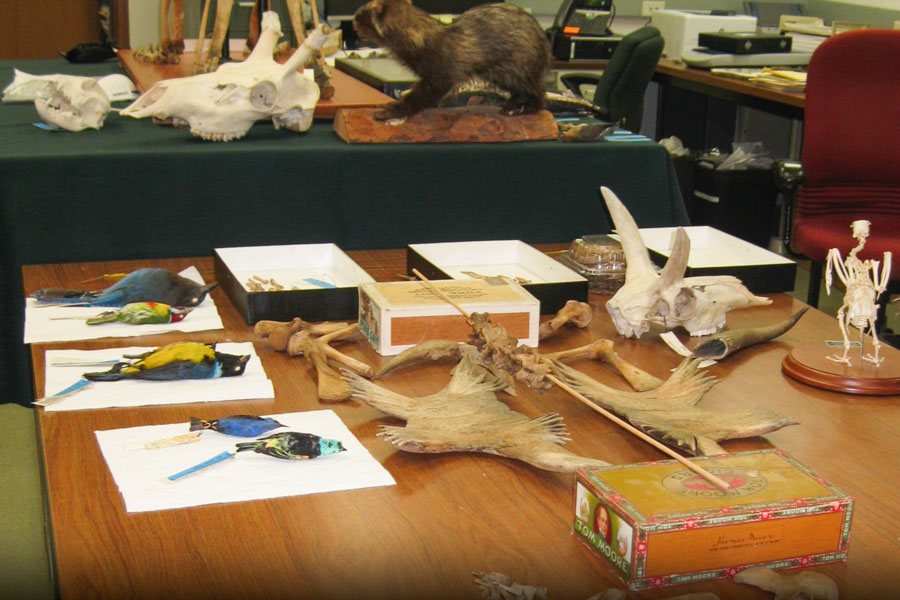
Evolving Discoveries
Natural history museums are irreplaceable records of the history of life.
Museums like ours are essential to making discoveries. For example, almost everything we know about the diet of many species has been ascertained by analysis of stomach contents of museum specimens. Here at UW-Green Bay, the collections are used extensively in taxon-based courses such as Ornithology, Mammalogy, and Ichthyology. Our museum contains one of Wisconsin's most significant collections of animal specimens for scientific research and education. Located in purpose-built facilities on the lower level of Mary Ann Cofrin Hall, the museum contains tens of thousands of animal specimens and bird eggs.
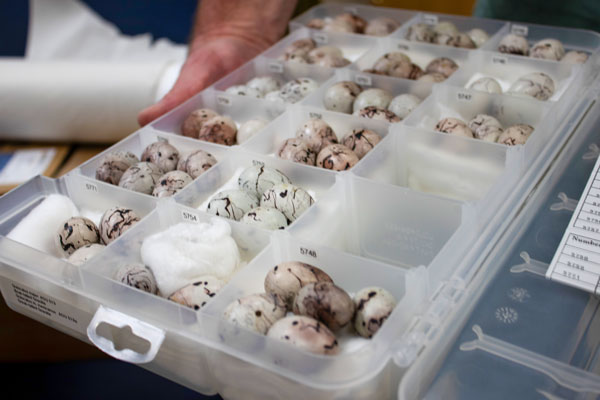
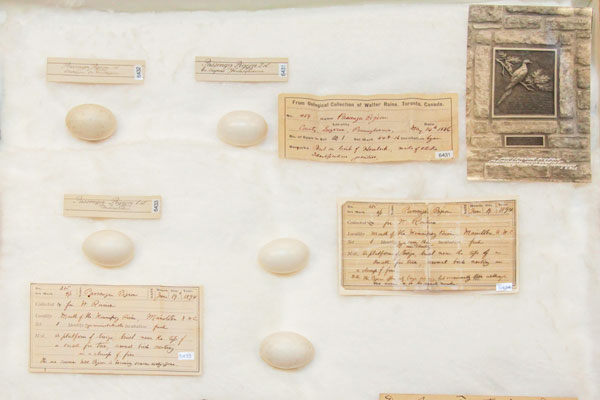
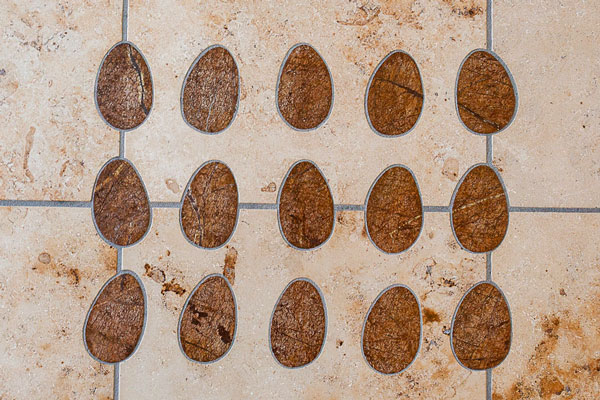
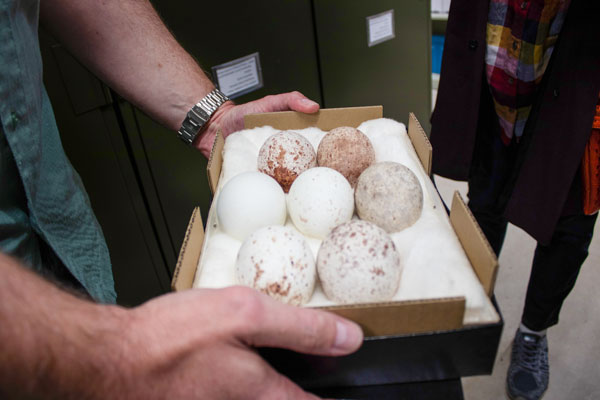
Top 10 Largest Bird Egg Collections
With almost 12,000 sets of eggs, our collection is one of the largest in North America.
The Richter Museum began in 1974. That year, Carl Richter, a former resident of Oconto, WI and one of the state's most prominent ornithologists, provided an extraordinary gift. His initial donation of over 10,000 sets of bird eggs. The collection has grown to almost 12,000. Our egg database allows you to identify bird eggs to connect with the environment around you.
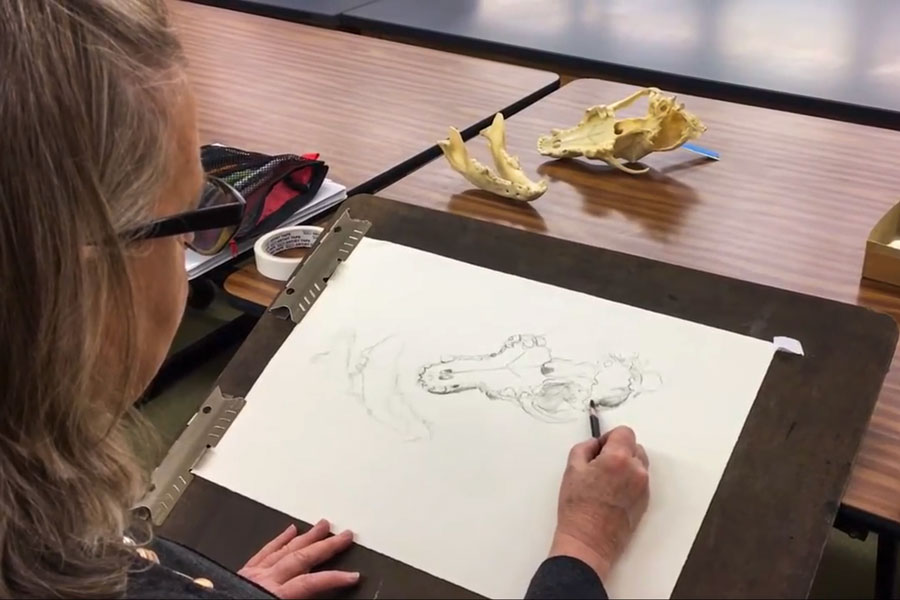
Drawing Inspiration
The studio isn't the only place you'll find our art students.
There's nothing quite like drawing from real life, even if it's not alive anymore. At the Richter Museum, students get hands-on experience by using actual animal specimens as models, drawing inspiration from the textures, shapes and intricate details that can’t be captured in photos.
Cofrin
Center for Biodiversity
Through education, research and community services, the Cofrin Center for Biodiversity works to preserve and protect western Great Lakes fauna and flora. The center manages the Richter Museum, in addition to six natural areas, the Fewless Herbarium and competitive student grants for research.

Meet a
Phoenix
"I was an intern at the Richter Natural History Museum...this experience propelled me into pursuing archival/museum collections careers. I gained my MA in Library and Information Studies due to this passion, and using what I learned at the Richter Museum, I am currently working with the metadata remediation team at the Wisconsin Historical Society to prepare for their own migration to a new management system for their digitized collections."
Beth Siltala '19
Archives Assistant at Wisconsin Historical Society
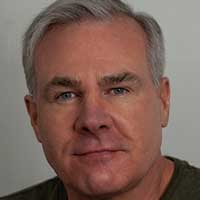
Pick His Brain
Meet Professor Daniel Meinhardt, the Richter Museum Curator, and unlock a world of discovery! Whether you’re an artist seeking inspiration, a student diving into research or an educator looking to enrich your curriculum, Professor Meinhardt is your go-to guide.